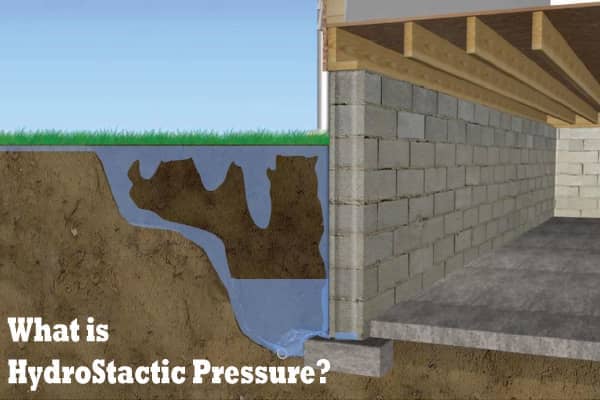The Best Guide To Best Basement Waterproofing
Table of ContentsThe Definitive Guide to Best Basement WaterproofingBest Basement Waterproofing Things To Know Before You BuyThe Ultimate Guide To Best Basement WaterproofingBest Basement Waterproofing Fundamentals ExplainedThe Of Best Basement Waterproofing
AdvantaClean's experienced specialists and technicians will certainly find the water source. If wall surface or slab fractures are present, we will certainly infuse polyurethane and epoxies right into the cracks and seal the compromise, avoiding further dampness from entering.

If there's condensation on the exterior of the foil, you have high humidity in your basement. Fix it with a mobile space dehumidifier or a whole-house humidifier system rather than waterproofing items. If the foil has condensation on the within surface area (next to the wall surface), the soil around your residence might be naturally damp from a high water table or inadequate soil drain.
You can waterproof just your indoor walls, which might address the issue. Or you can waterproof your outside walls, which is a far better bet yet more expensive. Right here's the scoop on the various kinds: These thick coatings are cement-like. Once they dry out, they adhere permanently to concrete and stonework walls (Best Basement Waterproofing).
Best Basement Waterproofing - Truths
Concrete waterproof coatings can't be used to previously painted surfaces; examine the tag. Recognized as densifiers, they are ideal only for walls that haven't been painted or secured.
Yet you brush, roll, or spray it on much even more thickly one gallon covers just 75 square feet, not the 300 square feet common with standard paint. Water resistant paint is fine for do it yourself application. You can use it over painted surfaces, and paint over it once it's healed (one gallon costs $37).
It can set you back $10,000 to $15,000, depending on the job needed. Outside waterproofing entails digging deep into all around the home to the complete depth of the foundation walls, after that installing a water resistant finish or membrane covered by drainage panels.
A cellar without waterproofing is kind of like that. Your cellar doesn't want to go with a rainstorm without correct defense just as much as you do not want to.
Excitement About Best Basement Waterproofing
But if you have actually done your research, you 'd know there are two kinds of waterproofing: exterior and interior. It can get puzzling what they both mean, which one's a better investment, and what will really keep the water out. Don't stress, we created this blog to conveniently define both approaches for you and review the advantages and disadvantages of each.
Exterior waterproofing is a waterproofing method that includes sealing your home from the outside. It's type of like a moat around a castle. It includes digging a trench around your whole home to the structure (concerning 8 to 10 feet down). The structure walls are then cleaned, secured, and covered with a waterproof membrane layer or sealant.

The Only Guide to Best Basement Waterproofing
It's a more engaged procedure that needs excavating up your backyard, which is expensive and time-consuming. Outside waterproofing entails removing everything surrounding your home, consisting of verandas, driveways, walkways, landscape design, AC units, decks, and so forth. If any of the job was done incorrectly and water is still entering your cellar, there isn't much you can do to remedy or fix it.
Inside cellar waterproofing entails waterproofing from the inside. Any water that leakages look here right into your basement is rerouted prior to it touches your floor. It's sort of like using a raincoat under your clothing. It includes two points: a water drain track and a sump pump. It functions by sealing the within your cellar wall surfaces and floorings so water that tries to go into is funnelled out with a sump pump.
It's an efficient approach to waterproof your basement - Best Basement Waterproofing. The drawback of interior cellar waterproofing mostly has to do with the installment process. This approach needs kept products, furniture, and built-in shelving or cabinets to be relocated from touching the basement walls. And during installment, your basement can't be used. The largest distinction between the two approaches is this: Outside waterproofing is a preventative service and interior waterproofing is a corrective service.
The 10-Minute Rule for Best Basement Waterproofing
To conclude, outside and indoor basement waterproofing are both effective approaches of protecting your get redirected here home from water damages. Outside waterproofing produces an obstacle that protects against water from entering your home, while interior waterproofing redirects water that does enter your home. And it is very important to keep in mind that exterior waterproofing is a pricey and turbulent setup procedure when contrasted to indoor waterproofing.
Whichever approach you pick, make sure you pick a dependable and reliable professional for the task. If you have any type of questions concerning basement waterproofing, please get to out to us.
You can fill in our form below, start a conversation in the lower right-hand edge, or call us at 1-800-827-0702.